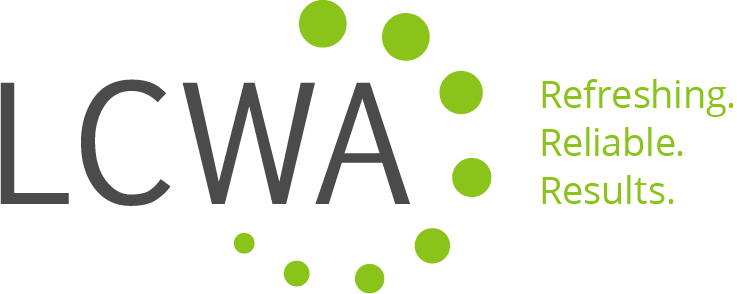While coverage in a big-name media outlet will always be a huge win, a feature story in a niche trade publication can be just as valuable – if not more so – to a client’s bottom line. Like all earned media, trade publications offer exposure and powerful third-party endorsements. Furthermore, trade outlets reach highly targeted audiences, including key decision makers and buyers. By establishing solid relationships with trade reporters, PR pros can ensure top-of-mind awareness for their clients and secure substantial placements that raise brand awareness and, ultimately, result in new business leads.
Here are some insider tips for planning and executing a successful trade media relations program for 2019:
Know your stuff. Trade reporters tend to have considerable experience working in the field
that they cover – so it’s important to do your homework. When pitching, let your inner geek out. This is when you need to shine and show off your expertise about your client’s products or services, as well as their industry. If you can demonstrate that you are knowledgeable and can serve up reliable information and sources, journalists will continue to come back for interviews, images, information and insights from you and your client.
Keep an eye on the competition. In addition to knowing your client inside and out, it’s important to stay on top of what their competitors are doing. Monitor the companies’ media coverage, regularly visit their websites and familiarize yourself with their product lines and promotions. Flag competitor news for your clients in real time to demonstrate your savviness and to keep them informed. Not only will this help you know the industry better, it can inform your PR strategy, strengthen your pitching skills and lead to new media opportunities.
Track editorial calendars. While editorial calendars for consumer outlets are primarily geared toward advertisers, many trade publications publish detailed calendars of their planned editorial for the entire year. These serve as great resources for crafting timely, relevant pitches for editors. To stay on top of upcoming opportunities, create a calendar that outlines potential opportunities month by month to ensure that your client is represented in any relevant articles or product roundups.
Maximize trade shows. Industry events are ideal for cultivating media relationships and placements. Smart practitioners will leverage opportunities to generate coverage for their clients before, during and following these events. In the months leading up to the show, pitch your client’s news to publications that typically publish pre-event coverage. (This is where those editorial calendars come in handy!) Invite media to stop by your client’s booth to see products firsthand and interact with company representatives. If possible, book appointments. Editors who schedule appointments tend to spend quality time at the booth and provide useful insight into upcoming projects. Beyond appointments, be ready to hustle! On-the-spot “wrangling” throughout the show can draw more media into the booth. A general rule of thumb is to introduce yourself and pitch your client to anyone with a camera. During any meeting, keep good notes so that you can provide quality follow-up and drive post-event coverage.
Showcase successes. Most trade magazines feature project profiles or case studies because they offer real-life examples and highlight the perspective of contractors and customers, rather than companies. Collaborate with clients to generate a steady stream of project success stories. This non-commercial, evergreen content is like gold to editors. Plus, case studies are invaluable for establishing clients as leaders in the industry and educating readers about the benefits of their products, services and brands.
By applying these tricks to your trade PR program, your account team will earn quality media coverage that will get your client in front of important, influential audiences – establishing them as thought leaders, increasing their visibility and generating leads.

